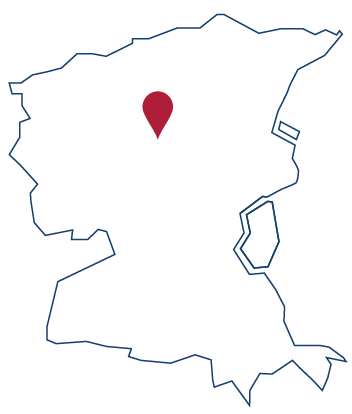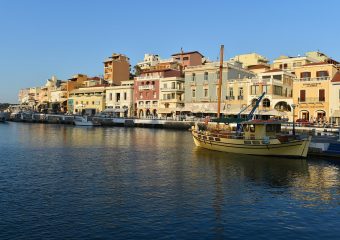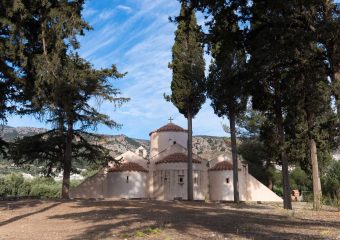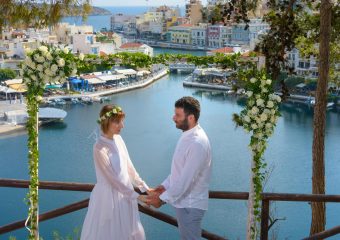Romana Portela
According to its architectural form and construction characteristics, this important edifice at the village of Choumeriakos was an urban habitat (Palazzo) of the Venetian period (16th-17th centuries).
Hoursit Pasha used to live there during the Ottoman occupation. He had abducted Rodanthi, a beautiful young girl from Kritsa, daughter of the priest of Kritsa. She managed to free herself by killing him. She then fled to the mountains and joined the rebel group of captain Kazanis. She fought alongside the rebels and showed great courage and bravery.
The greater part of the initial Venetian structure has survived to this day, with some add-ons by the Ottomans. It is of elaborate construction and interesting architectural characteristics. The imposing gate that leads to its open terrace reflects the initial splendour of the monument. The semi-circular doorway is embedded in a rectangular frame of carved stone with a protruding architrave. The L-shaped stone staircase leading to the first floor is of particular interest. The building is mentioned in the book “I monumenti veneti nell’ isola di Creta” vol. ΙΙΙ, by Giuseppe Gerola.
Useful information
16′ from Agios Nikolaos
7′ from Neapoli
23′ from Elounda
22′ from Sissi







